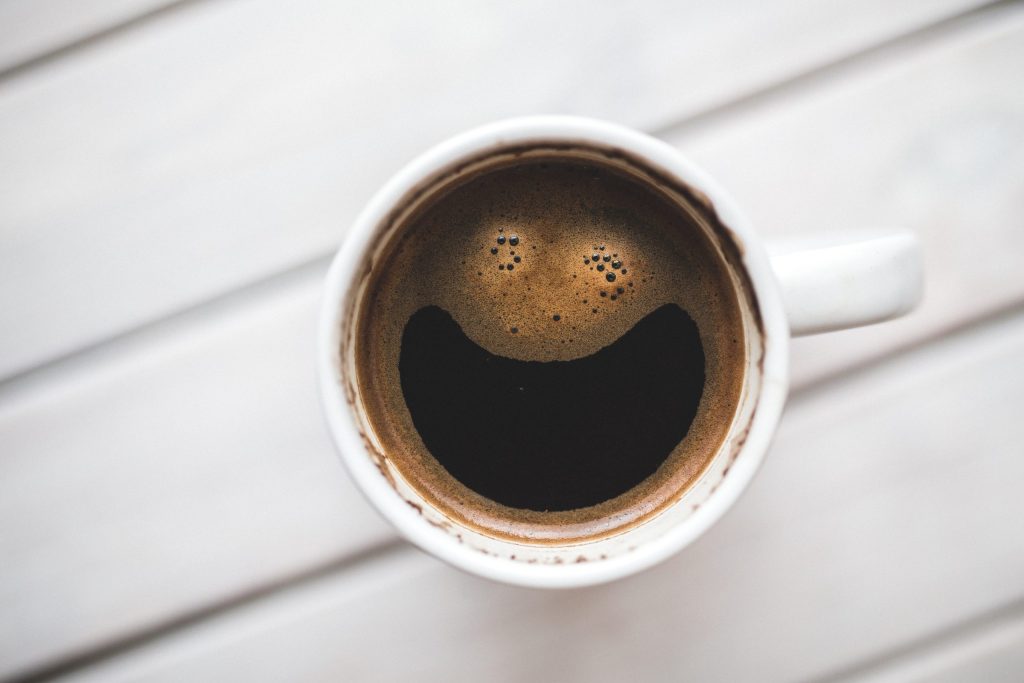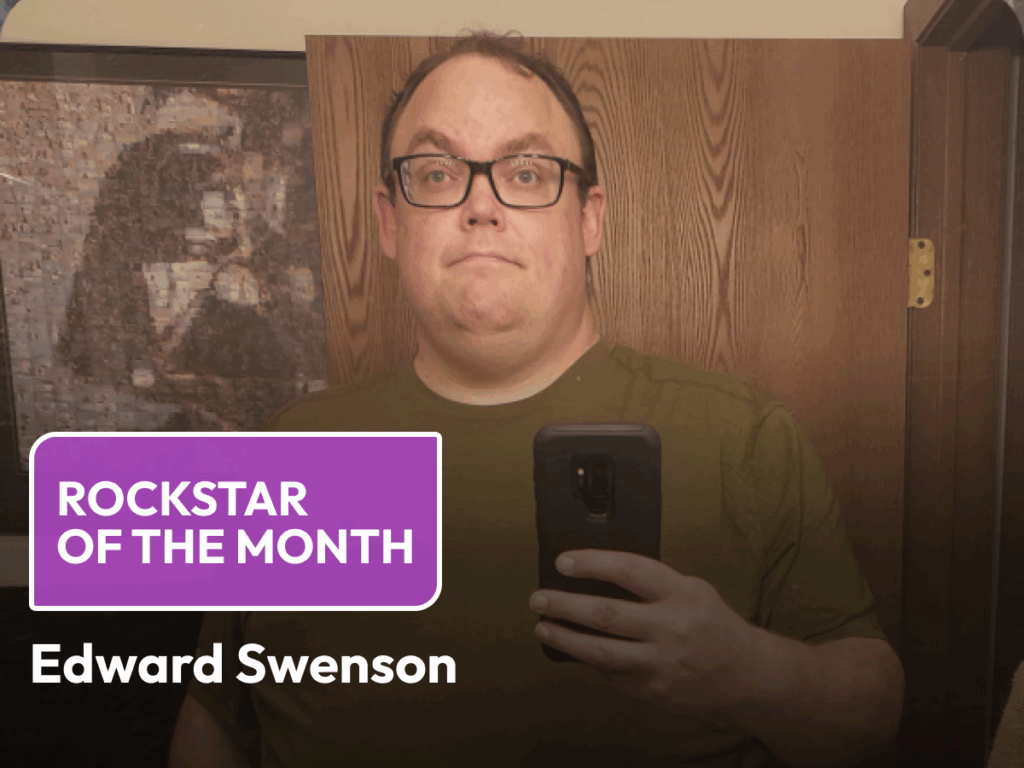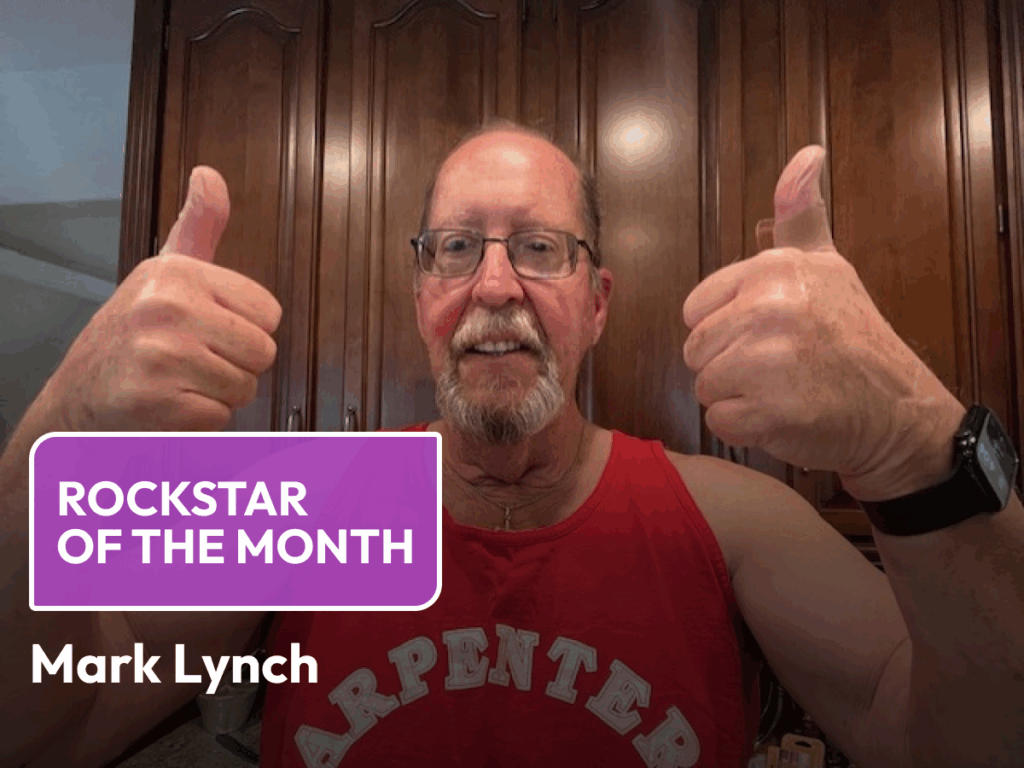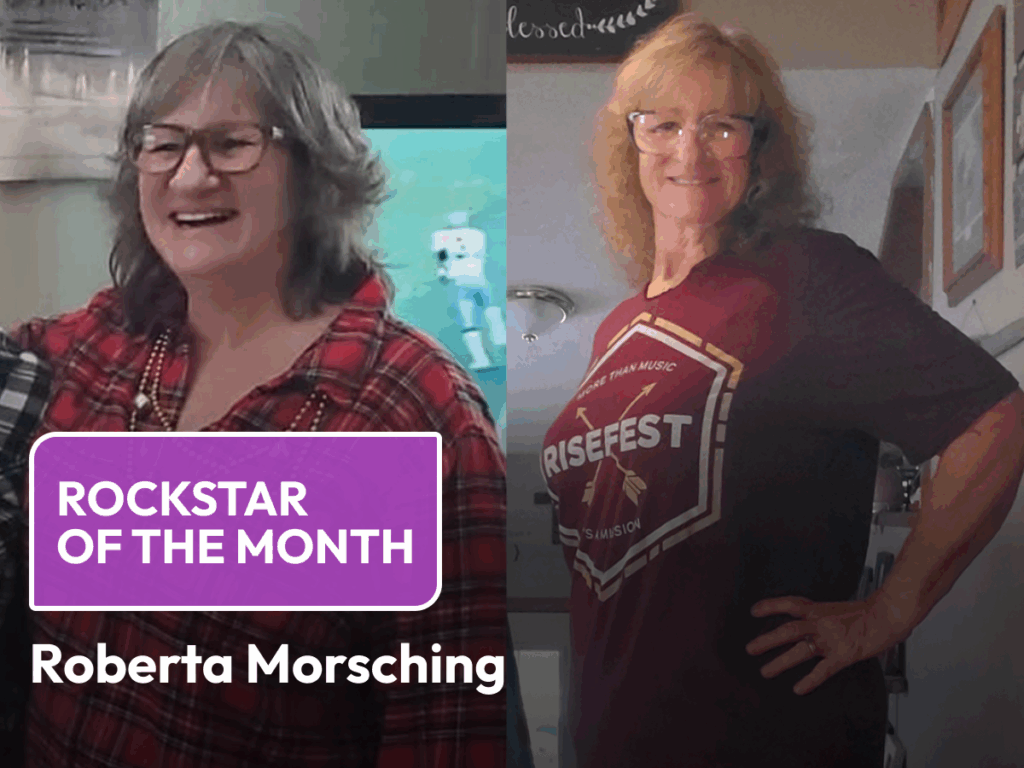Caffeine – the drug most people use almost every day – and what it’s doing for your body.
How Caffeine Works
Caffeine is a psychoactive substance, which means it affects your brain in a specific way. We’ve talked about neurotransmitters before – this time, the star of the show is adenosine. Among other purposes, adenosine regulates your body’s “sleep pressure.” Here’s a fun word for linguistics and etymology lovers: “somnogen” – any agent or chemical that induces sleep. Throughout your waking hours, your brain produces the somnogen adenosine, and the more it builds up, the sleepier you feel. This is because one of your body’s ways of telling when to go to bed is by monitoring the amount of adenosine your neurons absorb, or “uptake,” through specialized receptors. Caffeine blocks adenosine receptors by binding to them. After drinking coffee, your neurons temporarily stop or reduce their adenosine uptake, which makes you feel awake and vigilant: you’ve stopped perceiving your body’s sleep pressure.
This is also the reason morning coffee-drinkers “crash” around mid-day: once the caffeine wears off, your neurons are flooded with all the adenosine that has been building up in your brain throughout the morning. This, combined with the effects of digesting your lunch, can cause a wave of sleepiness affectionately referred to as the “afternoon slump.” To combat this slump and stay maximally productive, people sometimes drink a second cup of coffee. But beware here: although the half-life (the amount of time it takes the average person to metabolize, or get rid of, half of the substance ingested) of caffeine in most people is 4-6 hours, the quarter-life is 10-12 hours. That means a quarter of the caffeine from your afternoon coffee could still be circulating your body after you’ve gone to sleep.
The Downside to Caffeine
Since caffeine has such a long quarter-life, it may continue to affect you in your sleep. That’s not great news, since adenosine receptors regulate a key aspect of sleep called “slow wave” sleep. You have probably heard of REM sleep, which is the phase of sleep we dream in that is characterized by rapid eye movement. Slow wave sleep is the deepest state of non-REM sleep (which means it is the phase of sleep in which it is hardest to wake someone up; differentiating this from light sleep), and although it is not currently well-understood, some experts believe that this stage is “critical to restorative sleep, allowing for bodily recovery and growth[, and perhaps bolstering the immune system].”
Thus, there is evidence that, even if you don’t perceive it, caffeine affects your sleep quality. This is also part of why we urge people not to drink coffee after noon, as tempting as it might be.
The Upside to Caffeine
In moderation, caffeine itself is not bad for you. The feelings of vigilance and productivity can be accompanied by a mood boost which, subjectively, can be good for your quality of life. And anecdotally, caffeine may also suppress your appetite while increasing your energy levels – this could be helpful if you’re restricting calories or trying to work up the energy to exercise more. Many energy gels or chewable gummies favored by endurance athletes contain a bit of caffeine for that extra boost.
Apart from caffeine itself, the beverages and foods from which most people obtain their caffeine – coffee and tea – have their own benefits. They contain polyphenols, which have been shown to have anti-inflammatory and antioxidant properties. Tea contains the amino acid l-theanine, which can reduce anxiety, boost energy further, and possibly protect neurons from oxidation. Green tea contains flavonoids, which can help lower blood pressure, triglycerides, and total cholesterol.
Caffeinated Beverages, Ranked
A bit of a disclaimer here: not all the information we have on these beverages is complete, and there are many different ways of brewing the natural options listed here that cause variation in the levels of certain beneficial compounds. Plus, there are too many different energy drinks to keep track of. This is just a loose ranking, mostly for fun!
- Tea
As we mentioned already, tea has many health benefits from all the beneficial plant compounds: polyphenols, l-theanine, and other antioxidants. It’s got a lower concentration of caffeine than coffee, which allows you to hydrate more and gives you more of these good compounds comparatively since you can drink more without feeling as jittery. From a practical standpoint, it’s easier to brew than coffee – no specialized grinders or appliances (unless you want to get fancy); just a kettle and a mug. If you haven’t already, we recommend that you try loose leaf over the conventional single-serving tea bags – it’s the way higher quality teas are packaged, is good for multiple steepings, and tastes great.
- Coffee
America’s favorite caffeinated beverage, without a doubt! Like we’ve covered already throughout this article, coffee also has antioxidant polyphenols and a higher proportion of caffeine for that thinking and mood boost.
- Yerba mate
A plant indigenous to South America, yerba mate has become more mainstream with the introduction of the carbonated sweetened beverage we now see in supermarkets. Mate (pronounced “mah-tay”) is traditionally drunk from a gourd with a specialized straw – if you try this method, make sure the water is not too hot. The repeated scalding can be bad for your throat and esophagus health. Other than that, some evidence suggests it may assist in satiety and improve blood lipids.
- Guayusa
Another South America native, the guayusa plant produces leaves that are dried and brewed like tea for their stimulant effects. In addition to caffeine, guayusa contains a compound called theobromine (which is also present in chocolate). The combo of caffeine and theobromine may improve brain function temporarily. There is some preliminary research that suggests it may have antidiabetic effects as well.
- Chocolate
Chocolate, which comes from the cocoa bean, contains a small amount of caffeine. It is usually not a perceptible dose in normal quantities eaten. Plus, most chocolate is also chock full of sugar. Opt for a square of over 70% dark chocolate for a slightly sweet, very satisfying treat – just don’t expect a caffeine buzz from it!
- Energy Drinks & Soda
These lose out mostly because of the sugar content, and their highly-processed nature. When in doubt, opt for the plants.
Parting Notes
Caffeine is a drug. In most cases, it’s a friendly drug that is well-integrated into our lives, but a drug nonetheless. Respect it, moderate it, and take the time to learn about it. Now you’ve got that last one covered!



